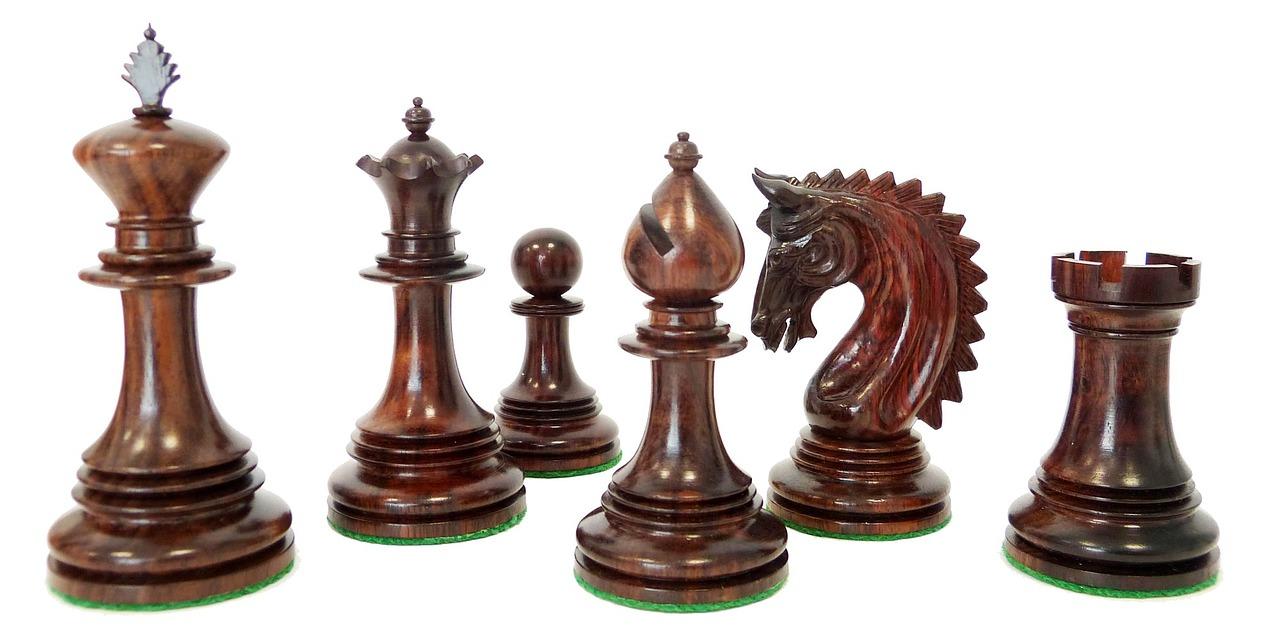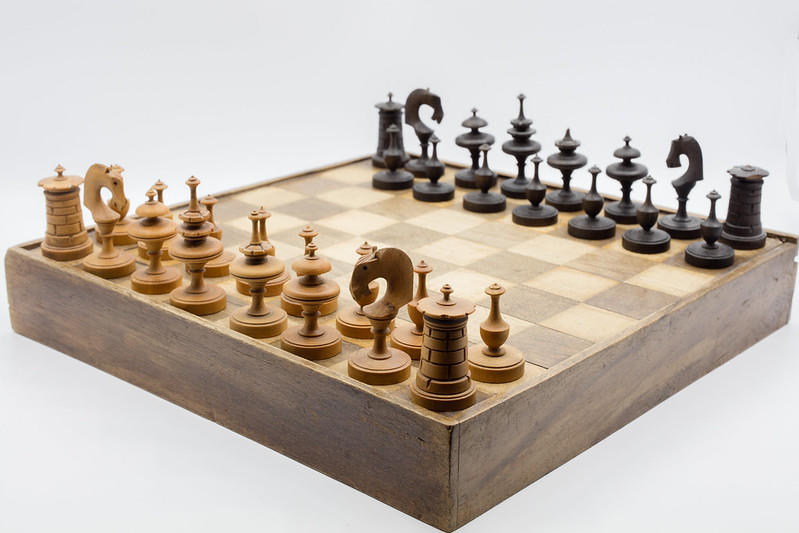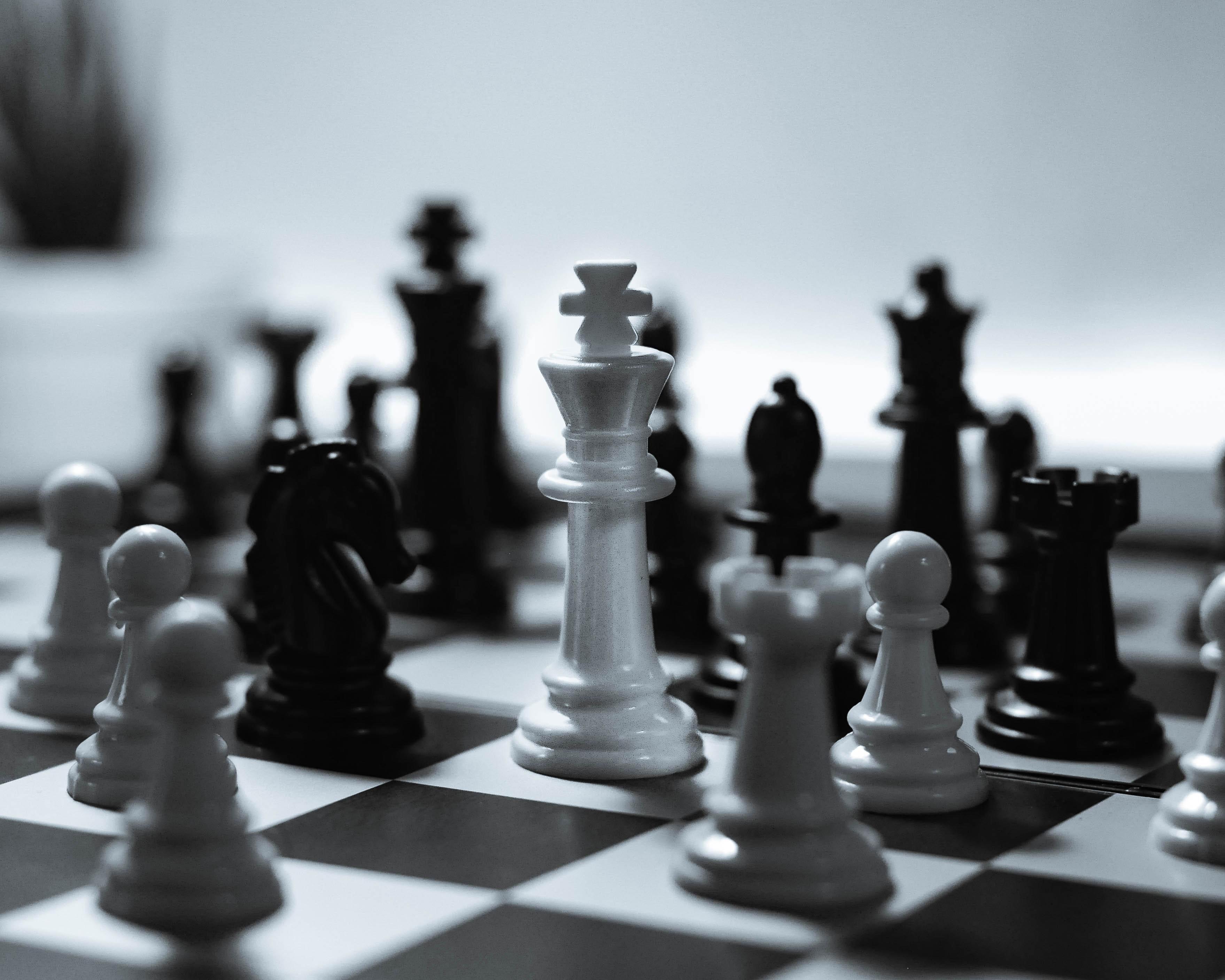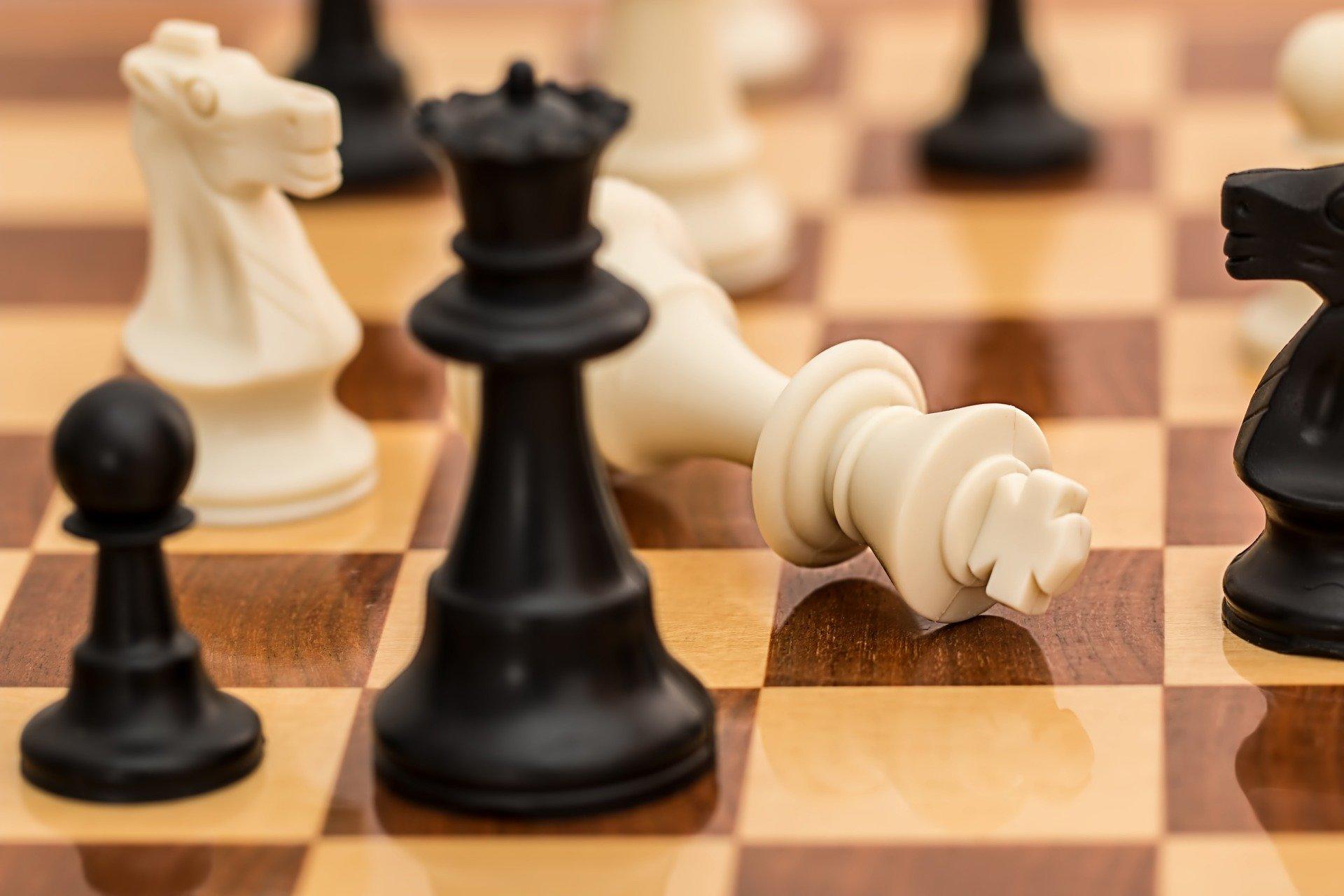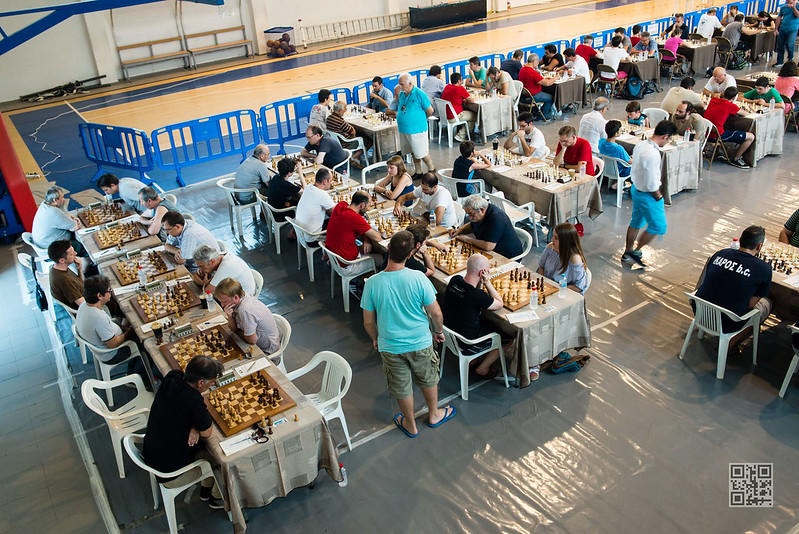Do you have ambitions of becoming the very first chess grandmaster to grace the island of Ireland or would you just like to learn more about the game that you have seen played by the elderly on the streets or online across Twitch and YouTube?
This article will discuss the regulations of the game and then how to use them to improve your tactics and eventually reach proficiency in the game.
Chess is a game played between two opponents on a checkered board with 64 squares. The beauty of chess is that both players have a fair chance of winning, it is entirely down to your performance which means that players are total accountability for their decisions.
The main objective is to have a checkmate on the opposing king, by trapping it in a situation where it is unable to move out of danger and be attacked. Before we discuss the various techniques and plays in chess, it is essential to comprehend how the pieces are manoeuvred and how the board is established.
You will first need to get your head around the chess board set up. The pieces are arranged on the board in a specific pattern, with the queen on her own colour and the king in the other. The pawns are positioned in the forefront of the other pieces, and each one has its own unique form of movement. For example, the bishop moves diagonally, the knight moves in an L-shape, and the rook moves horizontally or vertically.
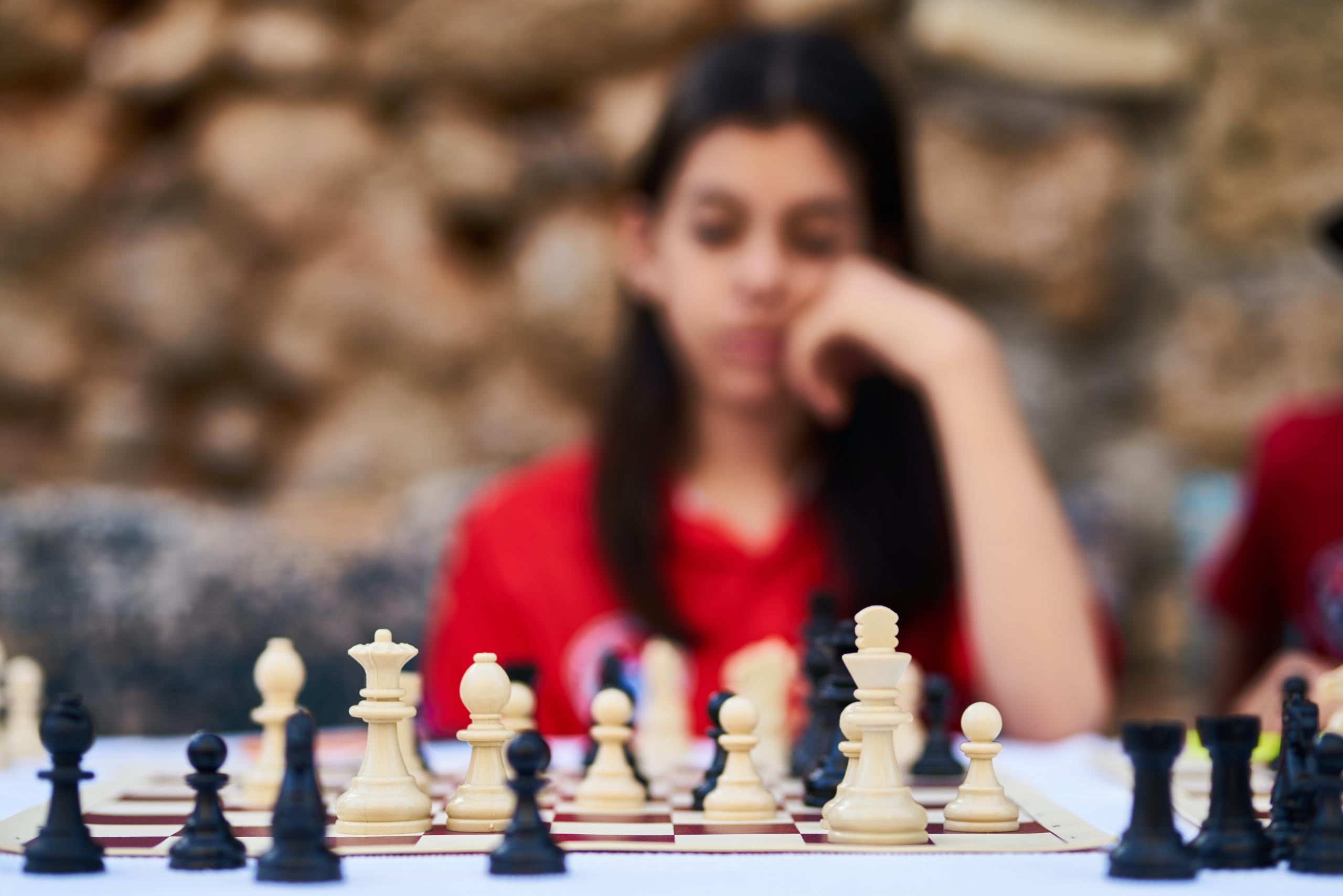

Overview of Chess Tactics
There are many different tactics in chess, but we will focus on a few of the most important ones: discovered attacks, forking attacks, and pinning your opponent's pieces.
Learning a chess opening suitable for your respective skill level will help you to perform in your games.
What is castling in chess?
Castling in chess is a move that allows the king to move two squares towards a rook, and the rook moves to the square that the king crossed. This is a useful move because it allows the king to get to a safer position and the rook to get into a more active position. If you want to castle your king then neither the king nor the rook can have moved previously, there cannot be any pieces between the king and the rook, and the king cannot be in check.
Discovered Attacks
A discovered attack is when you move a piece out of the way to reveal an attack from another piece. For example, if you move a bishop to attack your opponent's knight, but in doing so, you reveal an attack from your queen on their king, you have made a discovered attack.
Discovered attacks are great for gaining an advantage or gaining 'tempo' in a chess match as they enable you to attack your opponent from many directions simultaneously. It can also be a more subtle attack as it requires a sequence of moves to set up which might just slip under the radar of your opponent.
Forking Attack
A forking attack is when you attack two pieces at the same time with one of your own pieces. This puts your opponent in a difficult position because they must choose which piece to save, and the other one will be lost. For example, if you attack both your opponent's king and queen with your knight, they must choose which piece to save and which one to sacrifice.
Watching some of the chess grandmasters play will teach you a great deal about how to deploy different strategies throughout a game of chess.
Pinning Your Opponent's Pieces
Pinning is when you attack a piece that your opponent cannot move without putting their king in check. By attacking an opposing bishop with your rook, you can restrict their choices. For instance, if the rival's king is in the rear of the bishop, they will not be able to move the bishop without putting their king in a vulnerable position.
Checkmate - The Ultimate Goal
The ultimate goal of chess is to checkmate your opponent's king. This means trapping their king so that it is in a position to be captured (or attacked) and there is no way to move it out of danger.
Victory in chess can be achieved through a few standard methods, like using a queen and a rook, two rooks, or a queen and a bishop, how you coordinate your attack is entirely up to you!
Creating threats is an important part of offensive chess strategy. One way to gain an advantage in chess is to have your adversary protect themselves from your assaults instead of attacking you. Many techniques exist for creating such threats, including ruling the middle of the board, assaulting your opponent's pieces, and forming pawn chains.
How to Take Control of the Game
One way to take control of the game from the beginning is to use aggressive openings. This means moving your pieces aggressively and putting your opponent on the defensive from the start. Some of the most common aggressive openings are the King's Gambit, the Sicilian Defence, and the French Defence.
Positional chess is a strategy that focuses on quality over quantity. Rather than just trying to capture pieces of the opponent, focus on controlling the board and setting up your pieces so that you have the upper hand.
This method can be very successful as it lets you lead the game without exposing yourself to unnecessary risks. The most important points to bear in mind are to be mindful of your rival's potential moves, to have control of the board's centre, and to plan your steps ahead of time.
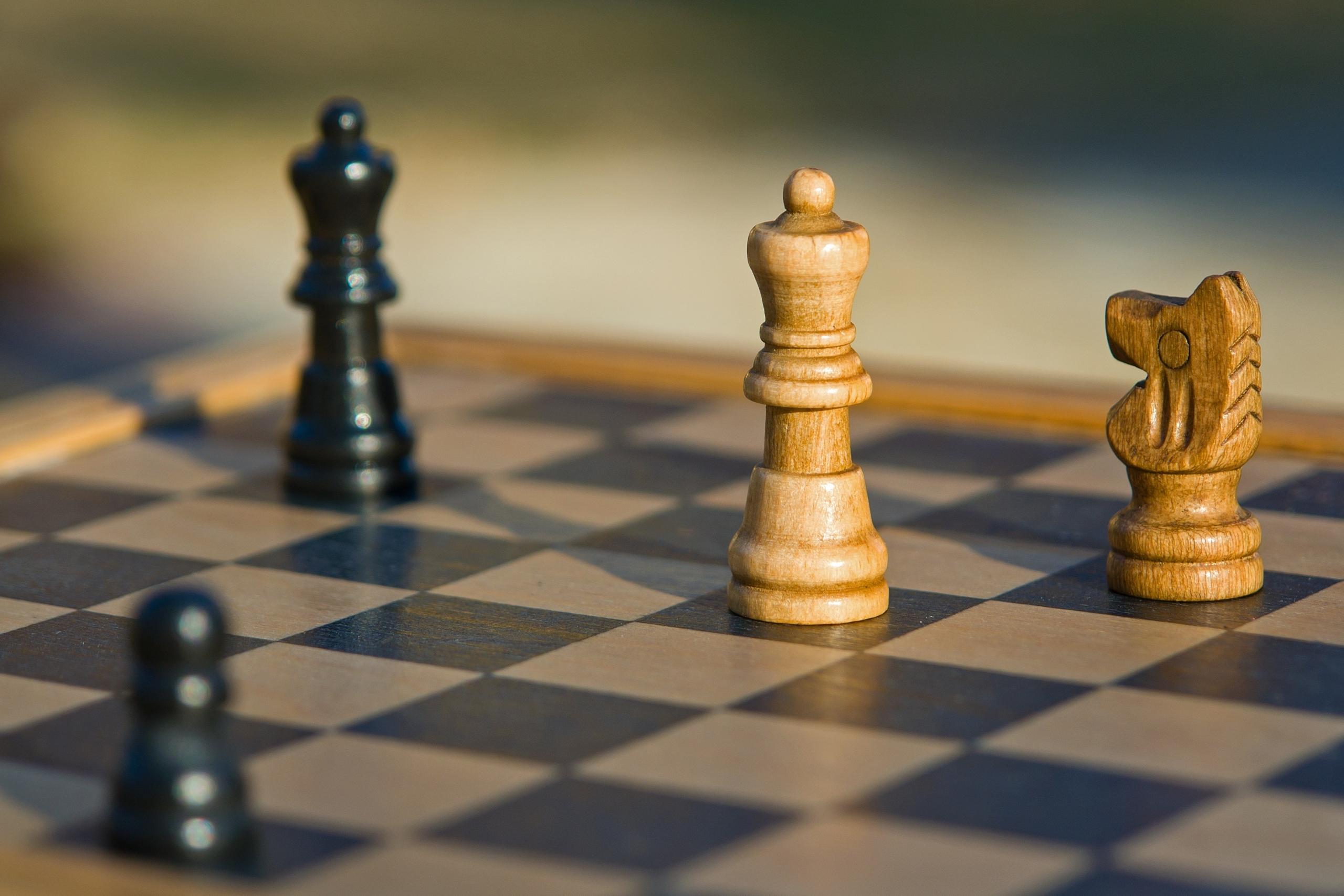
Courses and Resources for Chess Strategy
Some of the best courses and resources for learning the rules of chess and chess strategy include Chess.com, Chessable, and the Chess Tactics Trainer app. Familiarising yourself with the different features across various chess apps will help you to find one that suits your needs.
Many chess apps offer tutorials and puzzles to help you improve your gameplay. Here are some tips for using chess tutorials and puzzles to improve your gameplay:
- Start with the basics: If you're new to chess, start with the basics. Look for tutorials or puzzles that cover the rules of the game, basic tactics, and common strategies.
- Challenge yourself: As you improve, look for tutorials or puzzles that challenge you. This can help you develop your skills and improve your gameplay.
- Practice regularly: To get the most out of tutorials and puzzles, it's important to practice regularly. Set aside some time each day or week to work on puzzles and practice different tactics and strategies.
Playing with friends is one of the features which incentivises players to sign up for a chess app and being learning with a bit of healthy competition. This can be a fun and convenient way to play against opponents you know and practice your game. Here are some tips for playing chess on your phone with friends:
- Choose a time control: When playing with friends, it's important to choose a time control that works for both of you.
- Set up a match: Most chess apps allow you to set up a match with friends. This will provide a private game where you can play against each other and practice your game.
Taking advantage of the tactics and strategies discussed in this article can help to advance your skills. It is essential to consider the possibilities of your adversary's moves, take possession of the middle of the board, and strategise your own moves ahead of time.

Consider Taking the Next Jump with a Chess Tutor
Many chess apps offer a rating system to track your progress and improve your ranking. This can be a great way to see how you're improving and set goals for your gameplay. This is one metric which demonstrates your strength as a chess player and is something that you should always be looking to improve.
It is important to incorporate a mix of advanced chess resources into your learning if you are looking to become a well-rounded chess player.
To get better at chess, it's important to review your past games. This could include studying different strategies or tactics or working on your opening game. This is made much easier through the use of chess platforms which keep a log of your games and provide in-depth analysis so that you can easily find your best moves and critical errors throughout the game.
If you're serious about improving your game, consider hiring a chess coach and getting some private tutoring lessons in the game. A coach can provide personalised instruction and help you identify areas where you could improve.
The best place to go about finding a chess tutor that is suitable for your respective level of play, budget and location would be Superprof. The education platform makes the search process all the easier for chess players to find tutors by refining their search according to these factors and allowing them to select from an expansive pool of high-level tutors.
To get the most out of your chess training, practice regularly, use tutorials and puzzles to improve your gameplay, play with friends, track your progress, and consider other resources for improving your chess game. With dedication and practice, you can checkmate your way to the top!



















